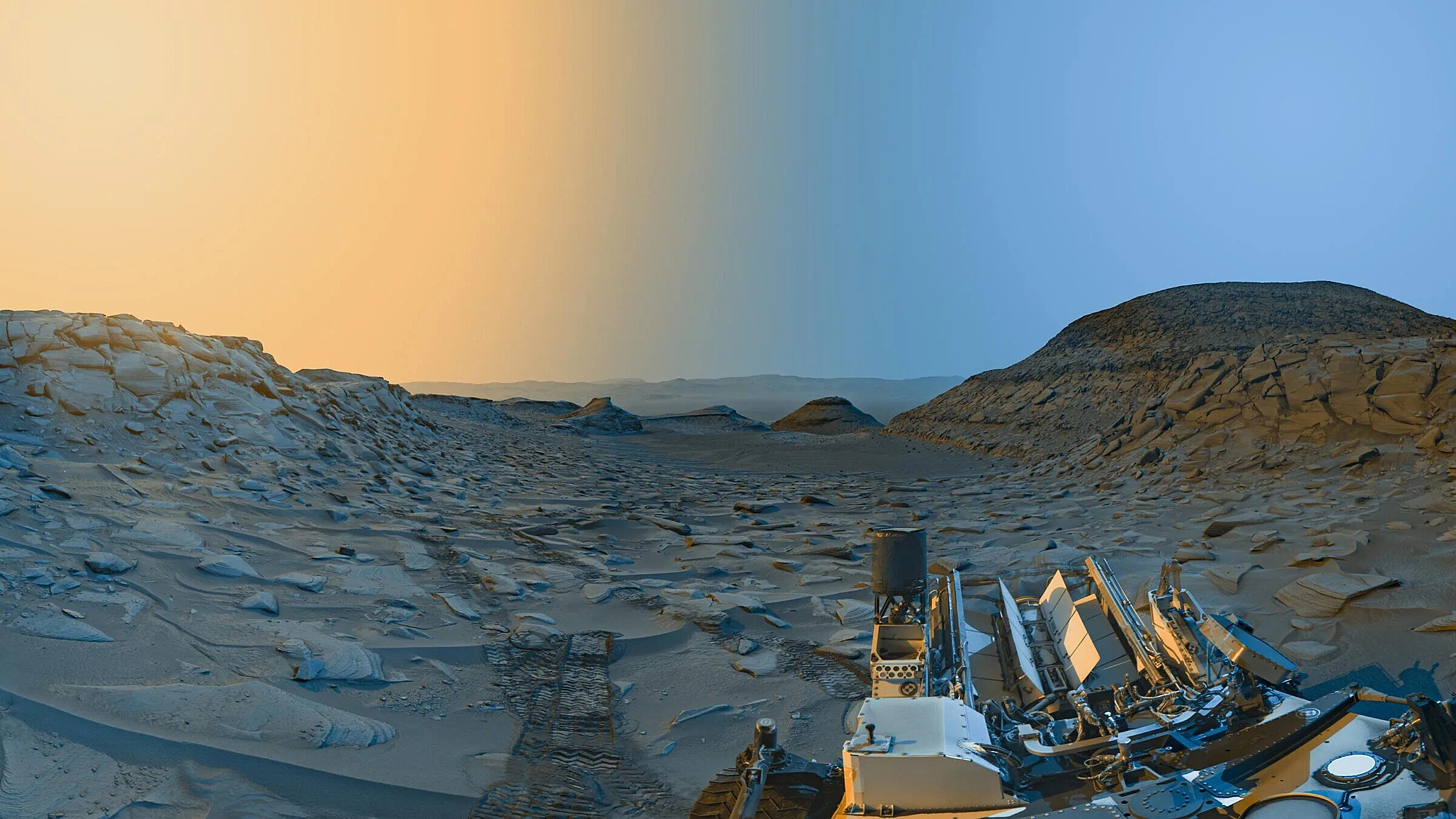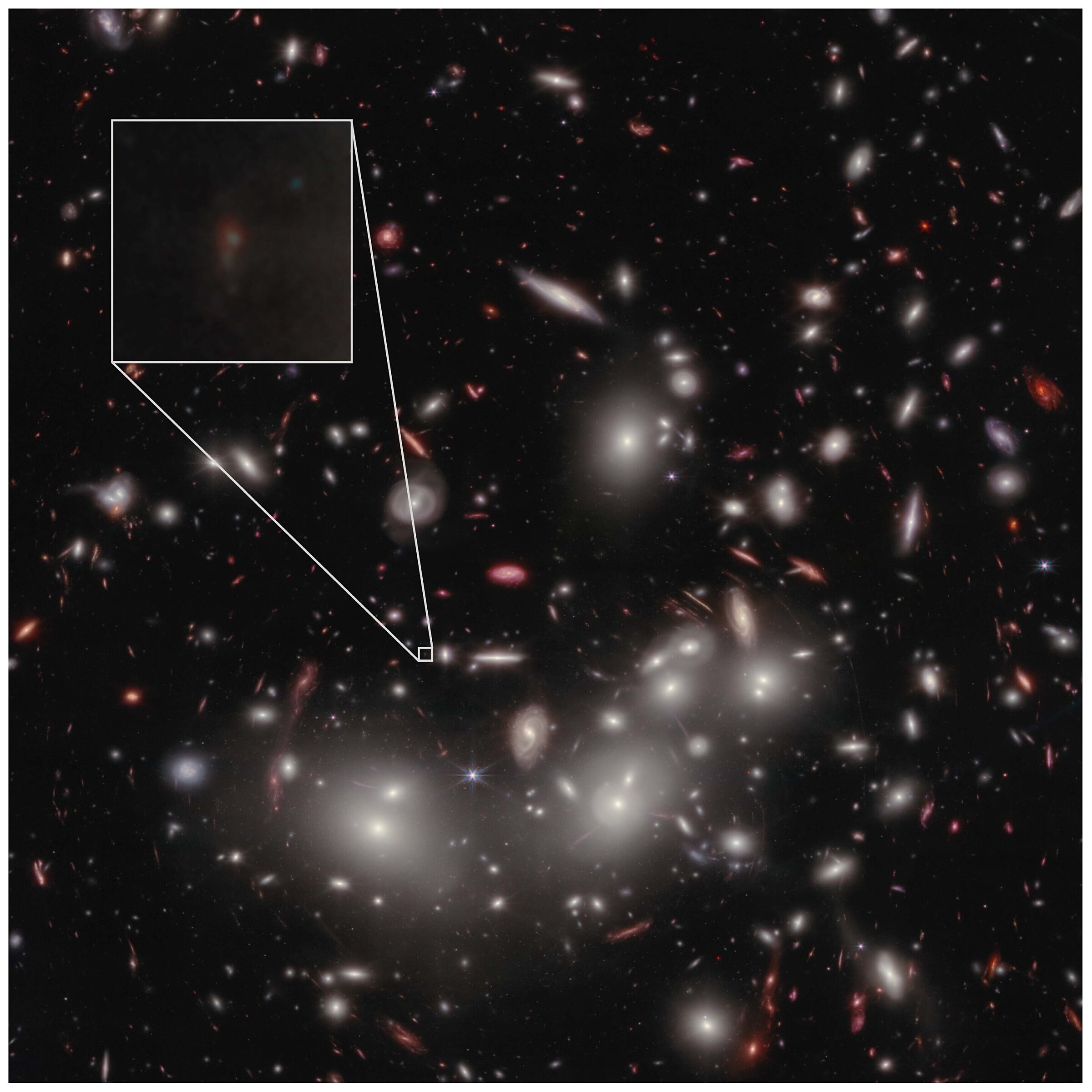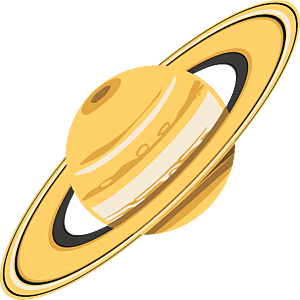The Downlink • Jun 16, 2023
Day and night, it’s all about starlight
Space Snapshot

Day in and day out, Curiosity lives on Mars. While stationary for a day, the NASA rover captured two views of Marker Band Valley in the foothills of Mount Sharp: one in the morning, and another in the afternoon. The photos, originally captured in black and white, were merged and enhanced with color to give the morning view on the left a yellowish tint, and the afternoon view a bluish hue. Image credit: NASA / JPL-Caltech.
You love space, now take action
This weekly newsletter is your toolkit to learn more about space, share information with your friends and family, and take direct action to support exploration. Anyone can subscribe at planetary.org/connect to receive it as a weekly email.
Mission Briefings


JWST has imaged the faintest galaxy ever detected. The ultra-faint galaxy, called JD1 (pictured), is thought to be one of the Universe’s earliest galaxies, formed during a time called the Epoch of Reionization when light first began to permeate through a fog of hydrogen. Image credit: NASA, ESA, CSA, Swinburne University of Technology, University of Pittsburgh, STScI.

The FAA and Commerce Department are working to manage space traffic and debris. A new bill from the U.S. House of Representatives tasks the Federal Aviation Administration with tracking objects in orbit that might reenter the atmosphere and pose a threat to aircraft. The Commerce Department is also responsible for managing orbital traffic, potentially duplicating the FAA’s efforts.
From The Planetary Society


With more powerful tools, we’re peering deeper into the Universe’s past. Justin Spilker and his colleagues at Texas A&M University used JWST to find the oldest and most distant organic molecules in the known Universe, in a galaxy called SPT0418-47 (pictured). Spilker joins this week’s Planetary Radio to talk about the discovery and what it means for our understanding of star formation in the early Universe. Image credit: J. Spilker / S. Doyle, NASA, ESA, CSA.

The newest Planetary Report is here! The latest issue of our quarterly member magazine focuses on the OSIRIS-REx mission, which will be returning samples of the asteroid Bennu to Earth in September. We explore why this mission matters, what we hope to learn from the samples it returns, and how it all fits into humanity’s efforts to know our place in space. Members get a physical copy of the magazine, but everyone can read it online for free.

Near-Earth objects like Bennu are worth studying — and defending ourselves from. That’s why The Planetary Society runs the Shoemaker NEO grant program, which funds asteroid hunters around the world who help find, track, and characterize potentially hazardous near-Earth objects. Help keep this program going by making a gift today.
What's Up

Venus continues to shine brightly in the west this week, high in the sky after sunset. Nearby and much dimmer is reddish Mars. On June 21st the crescent Moon will join them. In the predawn eastern skies look for yellowish Saturn up high, with bright Jupiter lower to the horizon. Find out what else to look for in June’s night skies.
Wow of the Week

You might be curious about the unusual shape of the galaxy shown above. What you’re seeing is the effect of gravitational lensing. The galaxy SPT0418-47 is over twelve billion light-years away, and from our perspective on Earth it’s directly behind a foreground galaxy that is only three billion light-years away. The light from the more distant galaxy is bent by the gravity of the galaxy in front of it, creating this beautiful gravitationally lensed image. When the light of an object is bent in such a way that it creates a full circle in an astronomical image, as is the case here, it’s called an Einstein ring. Image credit: S. Doyle / J. Spilker.
Send us your artwork!
We love to feature space artwork in the Downlink. If you create any kind of space-related art, we invite you to send it to us by replying to any Downlink email or writing to [email protected]. Please let us know in your email if you’re a Planetary Society member!


 Explore Worlds
Explore Worlds Find Life
Find Life Defend Earth
Defend Earth


